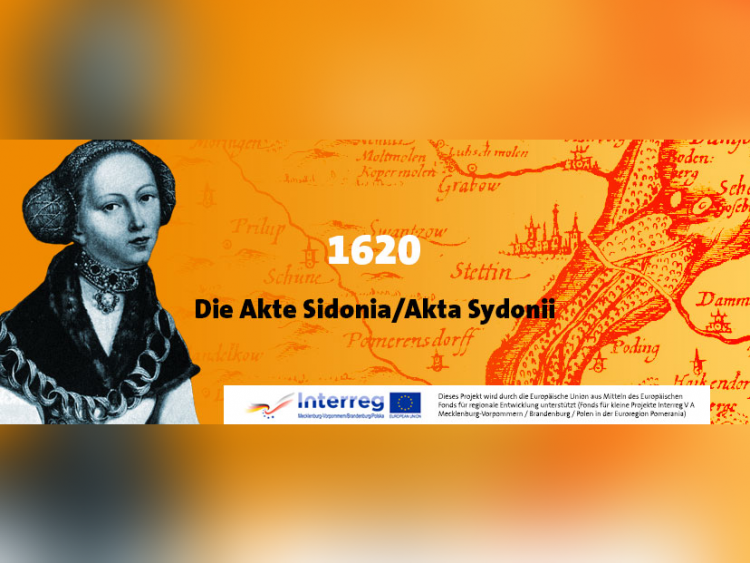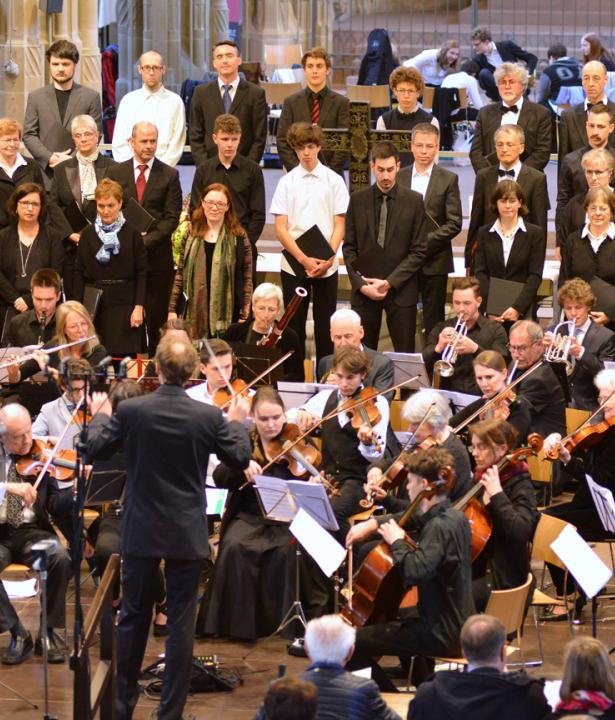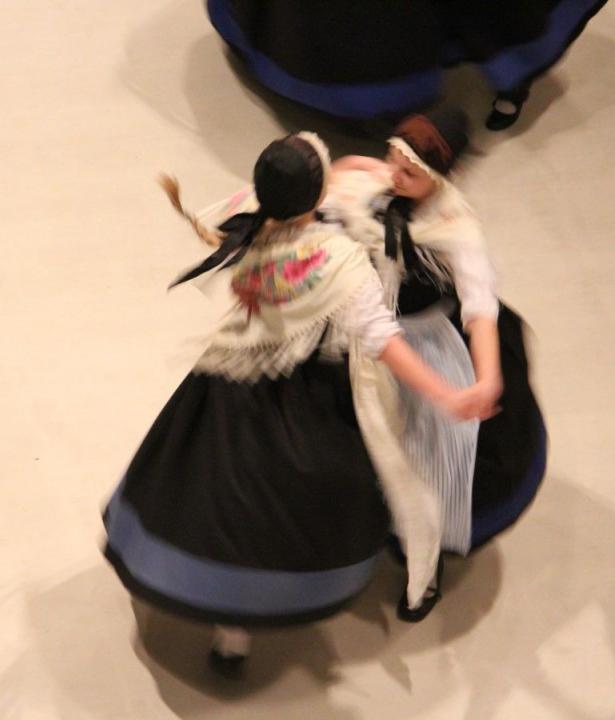She was executed as a witch – today she is an ambassador for the region's history. 400 years after the execution of Sidonia von Borcke, perhaps the most famous Pomeranian noblewoman, a German-Polish project dedicated to her story was launched.
Text
In 1620, after a long trial in Szczecin, Sidonia was sentenced to death for witchcraft. Her tragic fate became an inspiration for painters and writers in the following decades. Today, a number of archives and museums house important documents and works of art that provide insight into the life of this famous noblewoman and the Duchy of Pomerania in the 16th and 17th centuries.
Who was Sidonia? Could she have escaped her tragic fate? What chances did a woman in the Duchy of Pomerania have – in this case a noblewoman – to stand her ground before the law of that time? How widespread were witch trials in Pomerania and how many women and men perished in this way? Was there an option of rehabilitation and, if so, how was it administered?
These and other questions have captured the imaginations of the creators of the project, which began on August 19, 2020. According to sources, Sidonia von Borcke lost her life on that very day 400 years ago. The project, entitled "Sidonia von Borcke - a Pomeranian legend", is supported by the European Union with funding from the European Regional Development Fund (which provides funding for small interregional projects particularly concerning Mecklenburg-Western Pomerania / Brandenburg / in the Euroregion of Pomerania). Thanks to this support, we have been able to start exploring the story of Sidonia, looking at the times and places where she lived and which shaped her. Our goal is to free her story from stereotypes, to reconstruct her life story based on sources and present it on the website within the context of the German-Polish blog. We also aim to make the testimonies of experts more widely known, and encourage visitors to deepen their knowledge about the fascinating history of the region. The story of Sidonia von Borcke stands for all of this.
Poland
deu. Polen, pol. Polska
Poland is a state in Central Eastern Europe and is home to approximately 38 million people. The country is the sixth largest member state of the European Union. The capital and biggest city of Poland is Warsaw. Poland is made up of 16 voivodships. The largest river in the country is the Vistula (Polish: Wisła).
"Die Akte Sidonia"/"Akta Sydonii" – using this keyword, people can follow the noblewoman's story in social networks, where information about the history, politics and society of that time is published in Polish and German. In addition to regular online publications, audio commentaries will also be created (also in German and Polish), which will present the tragic fate of Sidonia in the form of a crime story. In addition, flyers and brochures will be published as part of the project.
An interdisciplinary approach is reinforced through close cooperation with tourism organizations, city guides, libraries and archives on both sides of the Oder River. Thanks to the support of the Digital Library of Mecklenburg-Vorpommern, the University of Greifswald and the Greifswald State Archives, the campaign "Die Akte Sidonia"/"Akta Sydonii" is able to access important archival documents and digitized collections and can legitimize its portrait of Sidonia von Borcke.
400 years after the death of perhaps the most famous Pomeranian noblewoman, we are finally reopening her case.


The actress Katja Klemt smells a branch of tansy in the monastery garden at the Pomeranian State Museum. Dorota Makrutzki / Pommersches Landesmuseum, Free access - no reuse
The actress Katja Klemt smells a branch of tansy in the monastery garden at the Pomeranian State Museum. Dorota Makrutzki / Pommersches Landesmuseum, Free access - no reuse
Financial Support
Text
This project is supported by the European Union with funding from the European Regional Development Fund (funding for small interregional projects mostly relating to Mecklenburg-Vorpommern, Brandenburg, and Poland within the Euroregion of Pomerania).
Externe Links
External Image








